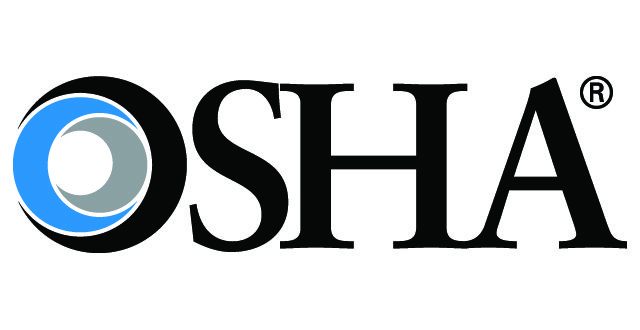OSHA published a new record keeping rule in May of 2016 entitled “Improve Tracking of Workplace Injuries and Illnesses.” According to then-Assistant Secretary of Labor David Michaels, “Our new rule will nudge employers to prevent work injuries to show investors, job seekers, customers, competitors, organized labor and the public that they operate safe and well-managed facilities.” This desired transparency is ensured by the new rule requiring certain employers to electronically submit injury and illness data. The data is already required to be recorded on onsite OSHA Injury and Illness forms. The amount of data submitted varies based on the size and industry of a company. Despite already collecting the data, electronic submission allows for the data to be easily published into the public domain.
While the new rule was set to go into effect on January 1, 2017, it has already faced a number of setbacks. The original submission deadline was July 1 before being indefinitely suspended in May and eventually being set for December 1. The new deadline was preceded by a new OSHA portal launch on August 1. Even with the submission deadline being postponed, a lack of guidance for employers will make accurately complying with changes difficult.
The new rule faces other challenges, including the number of new companies required to submit annual incident reports. Under the previous record keeping rule, only about 35,000 large employers and 150,000 small employers were required to submit annual incident reports. The new rule has increased those numbers to about 130,000 and 500,000 respectively. 301 Incident Reports also have to be submitted proactively versus upon request during an OSHA inspection. All of the new reporting requirements will require a significant investment. Also, despite the increase in the number of companies required to report annually, OSHA does not have plans for new staff on-boarding efforts.
The new record keeping rule will publish data into the public domain for increase transparency. However, it does aim to protect anonymity, which means OSHA will not publish contextual information. This creates a challenge in assessing a company’s true work environment. For example, two companies with 3 injuries each will look the same in released data even though one company has 300 employees and the other only has 5. One clearly has a safer environment based even though they have the same number of injuries. The lack of context in the reporting does not make that obvious, though. This can lead to incomplete or even false conclusions about employers, making it the most disputed problem with the new rule.
There is also concern that the new record keeping system is actually a step back for safety professionals as it focuses on lagging indicators instead of leading indicators. Employers face challenges in submitting data as well. OSHA is providing little guidance and despite various options for submission, many companies will face issues accurately reporting data. Using an application programming interface (API) is the best option, but vendors of EHS software need to properly integrate their software with the new portal, which takes time. While an API may be best, manual entry will likely be easiest for many small organizations, potentially leading to accuracy issues when transcribing data.
The response to the new rule from the EHS community has been mixed. Only time will tell if the new record keeping approach helps or hinders EHS professionals and the safety community.
Sources: OSHA’s New Recordkeeping Rule: Top 3 Challenges Coming Down the Line, Final Rule Issued to Improve Tracking of Workplace Injuries and Illnesses




